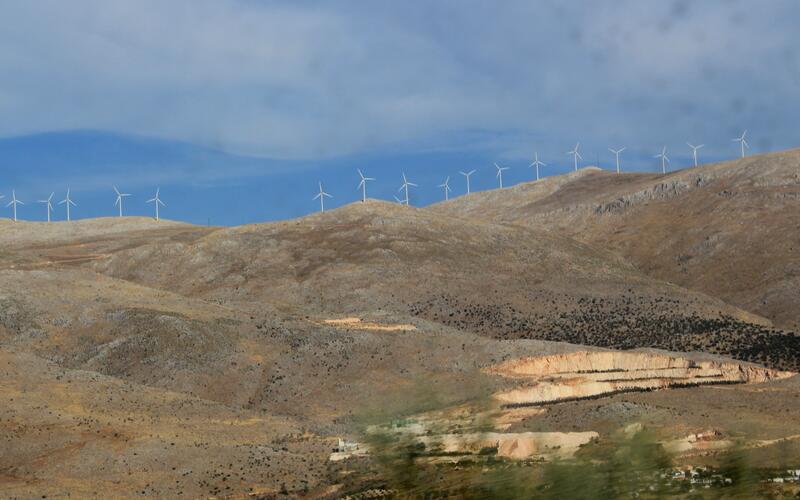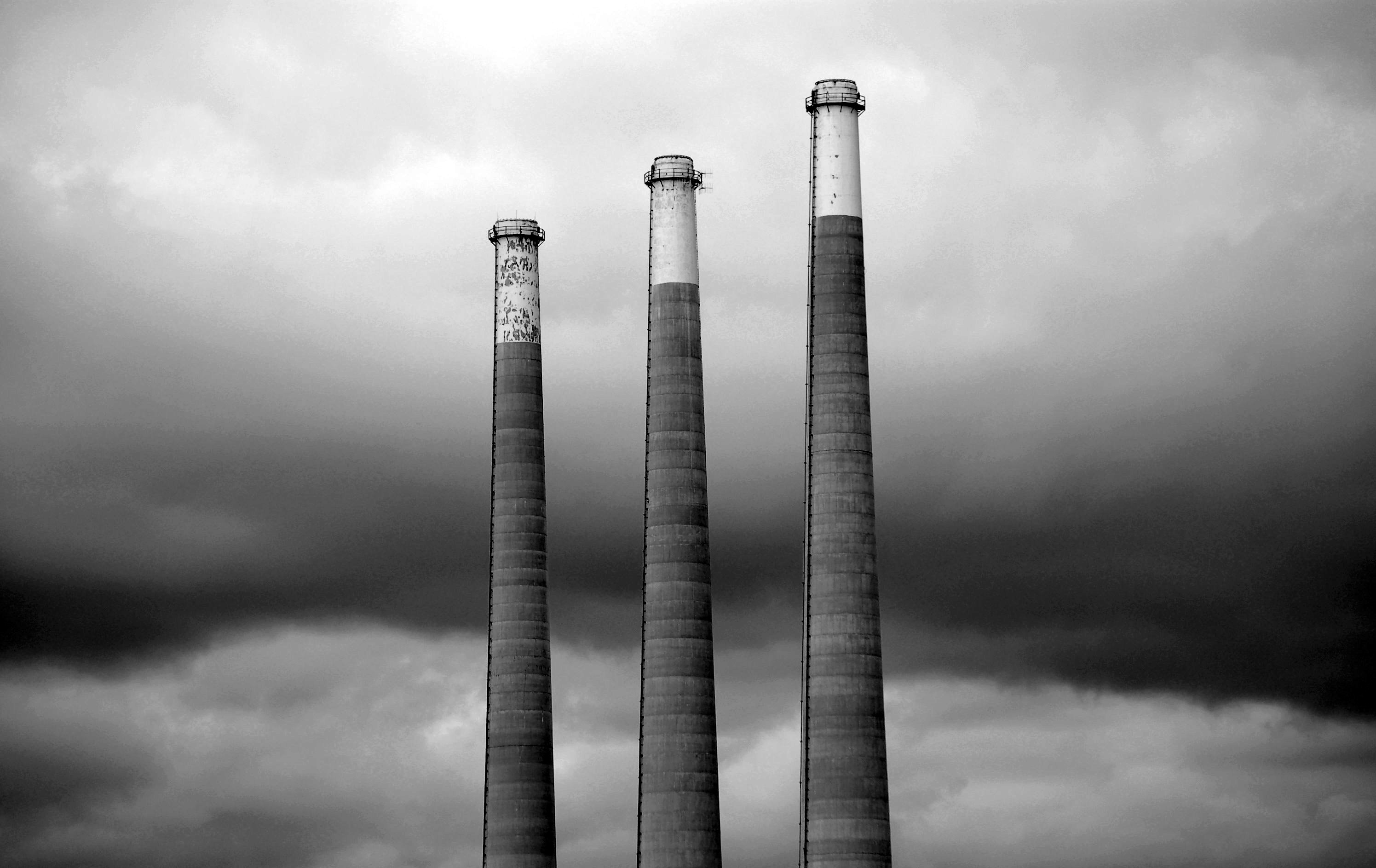Managing mineral demand for the clean energy transition: A national and international issue

Managing mineral demand for the clean energy transition: A national and international issue
Countries and companies have set ambitious renewable energy targets, with demand for critical minerals in the energy sector projected to increase six-fold by 2040. To avoid over-dependency on a handful of supplier countries and to achieve ambitious climate targets, there is a need for individual countries to revisit their mining policies and for global organizations to create binding international agreements to manage critical minerals.
Ali, S., et al. (2022). Closing the Infrastructure Gap for Decarbonization: The Case for an Integrated Mineral Supply Agreement. Environmental Science & Technology, 56(22), 15280-15289. https://doi.org/10.1021/acs.est.2c05413
Hammond, D. R., & Brady, T. F. (2022). Critical minerals for green energy transition: A United States perspective. International Journal of Mining, Reclamation and Environment, 36(1), 31-41. https://doi.org/10.1080/17480930.2022.2124788
As the world shifts towards decarbonization, careful management of critical minerals has become more and more important. Critical minerals, which include copper, lithium, nickel, cobalt, and rare earth elements, are essential for clean energy technologies like solar panels, wind turbines, and batteries. To fulfill ambitious renewable energy targets recently set by countries and companies, demand for critical minerals in the energy sector could increase six-fold by 2040.
The critical minerals market is complex because both the production and processing of major critical minerals tend to be highly concentrated in a few countries. An example of concentrated production is seen in the Democratic Republic of Congo, which produces 70 percent of cobalt. Meanwhile, concentrated processing is particularly noticeable in China, which is responsible for more than 60 percent of lithium and cobalt and nearly 90 percent of rare earth elements.
Consequently, the more a country deploys clean energy, the more it depends on these supplier countries. Supply chain diversification is important for energy security, and over-reliance on a few countries makes energy security vulnerable. Any complications associated with critical mineral providers, such as supply chain issues or trade restrictions, could force delays to the clean energy transition. It is therefore crucial for each country to revisit their mining policies and for global organizations to create binding international agreements to manage critical minerals.
Recently, many scholars and practitioners have started researching critical minerals through the lenses of climate change, resource management, and geopolitics. In one such study of critical minerals, David Hammond, a mineral economist, and Thomas Brady, of the University of Colorado Denver, examine whether the United States’ mineral policy can adequately foster the clean energy transition. Saleem H. Ali, Professor of Energy and the Environment at the University of Delaware, and his colleagues assess critical mineral policy and underscore the importance of managing critical minerals at an international scale.
Setting ambitious climate goals expands the demand for critical minerals. For example, a typical Electric Vehicle (EV) needs about six times the mineral input of a fossil-fuel-burning internal combustion engine. This significantly increases the demand for battery-related minerals. The demand for lithium alone in 2040 may be 13 to 51 times higher than 2020 levels, according to the IEA’s scenarios. Given this high projected demand, Hammond and Brady warn that the current rates of discovery and extraction of mineral volumes could make achieving climate targets in 2030 and 2050 unrealistic. Furthermore, although materials used in battery production are currently extracted in various countries worldwide, the processing of these minerals into end-use batteries takes place predominantly in China. The uneven global distribution of mineral production and processing may result in geopolitical tensions and instability in the global supply chain.
At this pivotal moment, how can individual countries and global organizations manage critical minerals? First, each country must revisit and strengthen their mining policy to ensure a reliable and sustainable supply of critical minerals. As Ali et al. explain, several advanced manufacturing countries have recently engaged in diversifying their critical minerals supply through reshoring and near-shoring approaches. Reshoring refers to the process of bringing production back to domestic markets, while near-shoring means relocating production to nearby countries. For example, Japan passed the Economic Security Promotion Act in 2022, offering subsidies for companies to engage in domestic extraction and processing or to diversify to different countries. These policies are designed to ease dependency on a handful of countries and help build reliable supply chains.
However, promoting domestic mining policy is only a partial solution to the problem. Hammond and Brady emphasize the long temporal horizon of domestic extraction. For example, in the United States, the mining process, which includes permitting, mine construction, acquisition of processing facilities, and operations, may take upwards of 15 years. Moreover, some environmental NGOs, climate activists, and tribal groups oppose extraction activities due to environmental and other concerns. These groups create social and legal barriers to mining which may delay projects for additional years. Hammond and Brady argue these barriers ironically interfere with their goal of clean energy expansion. The time constraints of mining projects make it hard to meet the rising demand for critical minerals.
Another limitation of domestic extraction is high costs. When a country tries to bring its mining industry back home, the price of critical minerals and clean energy products increases. Ali et al. introduced a price estimation of rare earth elements if processed in European and North American jurisdictions. Higher labor costs in Western countries and import of necessary raw materials could increase production costs by at least 40 percent relative to the cost of directly importing rare earth elements from China. This suggests that while strengthening domestic mining policy could reduce dependence on other countries, it could also unduly raise the cost of clean energy technologies.
To overcome the limitation of a single country’s approach, Ali et al. point out the importance of coordinated global response for critical mineral supply chains. They claim that international organizations like the International Renewable Energy Agency (IRENA) can play an important role in this field. IRENA is a global intergovernmental agency to accelerate the deployment of renewable energy transitions worldwide, with a membership comprising 167 countries and the EU. Their recommendations include empowering IRENA to work on a legal protocol on critical mineral supply chains for clean energy technologies because IRENA already has an inclusive partnership that welcomes all stakeholders, including governments, international organizations, and the private sector.
However, although IRENA would be an ideal platform for managing critical minerals from a global perspective, it poses a few challenges. Firstly, it does not have the authority to interfere with trade mechanisms under the World Trade Organization, which has solved several disputes on metal supply between China, Europe, Japan, and the United States. Furthermore, the organization has had minimal involvement in managing mid- and downstream processing aspects of critical minerals with a global perspective. Therefore, an initial step would be to expand IRENA’s mandate with a strong authority to interface with WTO. Also, IRENA needs to engage more in environmental impact assessments and blockchain technology to monitor and measure the flow of critical minerals. Ali et al. conclude that the Group of 20 (G20) could empower IRENA’s mandate and capability because they account for more than 80 percent of the global economy, including key users and suppliers of critical minerals. Such a multilateral response might work slowly at first, but building a legal framework for managing global critical mineral supply chains is essential to meet demand and help achieve climate goals.
The demand for critical minerals—essential for clean energy technologies—has increased to an unprecedented level and is projected to rise further in the coming decades. Reliance on a few concentrated providers for these resources threatens a country’s energy security and risks clean energy transition delays. While promoting domestic mining policy could ease this issue, the mining process takes considerable time, and reshoring could make clean energy technologies unaffordable. Therefore, a coordinated global approach through international organizations such as IRENA should be encouraged. Whereas IRENA has some limitations on its mandate and experience in dealing with critical minerals, empowering it would help it establish a legal framework on global critical mineral supply chains. Several international initiatives have already started among like-minded countries. The next step is global cooperation that includes all nations in an effort to secure the resources necessary to meet climate goals.




